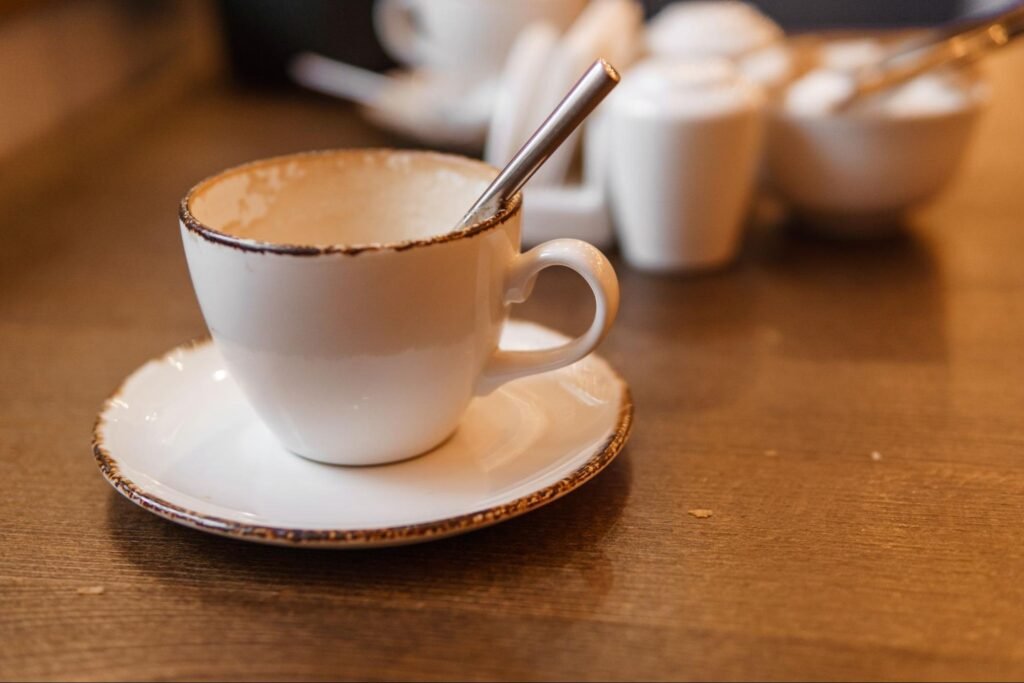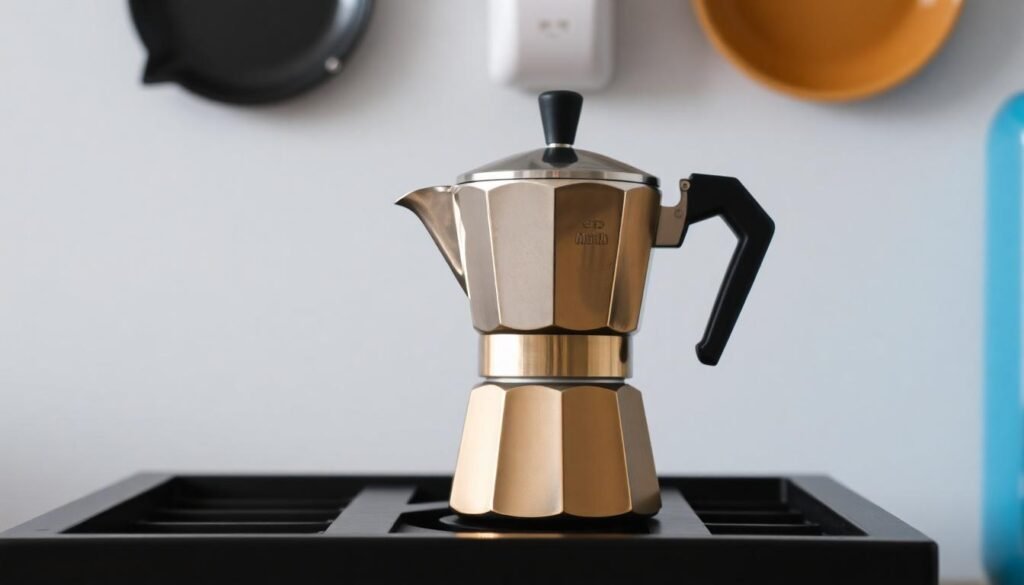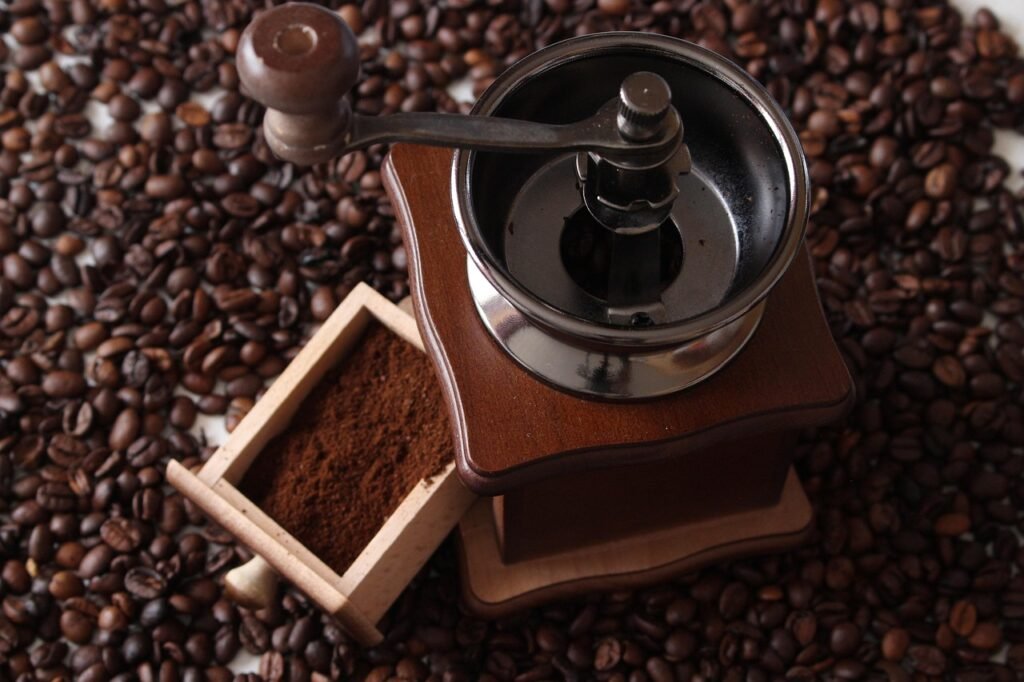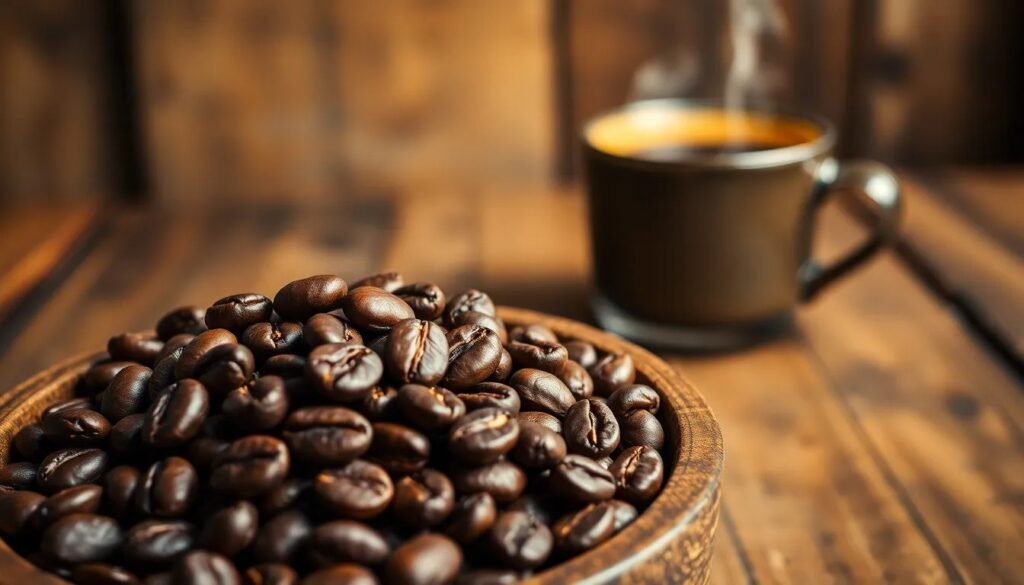
Artisanal Rituals for a Memorable Customer Experience
How can brands create a more balanced and memorable customer experience by blending artisanal product quality with thoughtful everyday rituals that keep people coming back?

For coffee lovers who value quality and ritual, nothing beats a smooth shot of espresso made with care. But what if you crave that rich, bold flavor without investing in an expensive machine? Learning how to make espresso without a machine lets anyone enjoy a handcrafted morning brew at home—no shortcuts, no bitterness, just pure coffee craftsmanship.
Those who seek out ethically sourced beans and small-batch roasters know the importance of freshness and flavor. By mastering this simple process, they can highlight the natural sweetness and complexity of their favorite coffee without masking it with sugar or cream. It’s about savoring every step and every sip, all while supporting independent brands and a more sustainable coffee culture.
Espresso concentrates the essence of coffee—rich flavor, velvety texture, and deep aroma—using finely ground high-quality beans and high pressure. Traditional espresso machines create this extraction, but manual brewing can also craft a balanced, complex shot when the right ingredients and method align.
Enthusiasts seeking balance in their cup often turn to independent brands like Equipoise Coffee. Premium beans such as Cavaliers Blend, Mexican Oaxaca, or Ethiopian Yirgacheffe bring clarity, depth, and flavor equilibrium. Small-batch roasting preserves aroma and taste, letting each cup reveal its unique character.
Making espresso without a machine encourages mindfulness and intentionality. Using freshly roasted coffee like Equipoise Colombian Supremo or Mexican La Laja Honey, a home brewer can savor the harmony of roast and origin. Choosing small-batch coffee roasters—for example, Equipoise Coffee—celebrates craftsmanship and allows appreciation for the nuances in each pour.
Skipping the machine doesn’t mean sacrificing quality. It means direct engagement with the best coffee blend for balance, freshness, and the story behind each bean.

Premium coffee beans anchor every espresso shot made without a machine. Equipoise Coffee’s Cavaliers Blend, Mexican Oaxaca, Colombian Supremo, Mexican La Laja Honey, and Ethiopian Yirgacheffe embody small-batch roasting and a legacy of freshness. These beans showcase the balance that defines Equipoise—harmonious flavor, rich aroma, and intentional craft in every roast.
Freshly roasted coffee delivers depth and clarity in espresso. Using a burr grinder unlocks the full potential of each blend by allowing fine, uniform grounds. A scale with gram accuracy measures precise coffee-to-water ratios for optimal extraction, while a gooseneck kettle gives control over water flow and temperature.
Manual brewing devices support authentic espresso preparation. A moka pot, AeroPress, or French press compresses grounds and produces concentrated shots. Filtered water preserves the natural profile of premium coffee beans like Cavaliers Blend or Mexican La Laja Honey. Quality demitasse cups retain heat and highlight crema.
Essential ingredients from Equipoise Coffee, combined with the right manual tools, create an experience focused on craftsmanship, balance, and exceptional taste.
Coffee seekers elevate espresso at home using manual methods that highlight craftsmanship and freshly roasted beans. Equipoise Coffee’s small-batch roasts—like Cavaliers Blend, Ethiopian Yirgacheffe, and Mexican Oaxaca—reveal balanced flavors with every cup. Each approach connects you to the roots of specialty coffee and independent brands.
French press brewing creates a full-bodied, concentrated coffee that echoes the espresso experience. Equip a burr grinder to create a fine, even grind using Equipoise Coffee Cavaliers Blend or Mexican Oaxaca for a rich, balanced profile. Add 2 tablespoons of grounds per 4-ounce demitasse, pour hot water just under boiling, and stir well. Steep for 3–4 minutes, then press the plunger down slowly. Pour immediately, enjoying the natural harmony and clarity that Equipoise small-batch roasting offers. This method brings out depth and sweetness, especially with single-origin beans like Ethiopian Yirgacheffe.
Moka pots deliver a concentrated brew and work well with high-quality beans from small-batch coffee roasters. Equip the lower chamber with filtered water just below the valve and fill the filter basket with finely ground Equipoise Coffee Colombian Supremo or Cavaliers Blend. Assemble and heat on the stovetop, keeping the lid open for monitoring. Once the upper chamber fills, remove the pot and serve promptly. The process produces an espresso-like shot with notes of balance and sweetness that reflect the careful roasting and sourcing hallmark of Equipoise Coffee.
AeroPress brewing produces a strong, smooth cup reminiscent of modern espresso, especially with premium coffee beans like Mexican La Laja Honey or Cavaliers Blend. Use a fine grind for the coffee, position the AeroPress over a mug, and add a heaping scoop of grounds. Pour hot water just off the boil, stir for 10 seconds, and press firmly for a concentrated extraction. This approach showcases the blend’s natural aroma and roast level—core to Equipoise Coffee’s search for balance in every batch from independent brands. AeroPress offers clarity and richness, revealing the true character of the beans.
Stovetop brewing with a DIY filter delivers a bold cup, allowing appreciation of small-batch coffee roasters’ work. Place a tightly folded cheesecloth or paper towel inside a metal funnel above a mug. Add finely ground Equipoise Coffee Ethiopian Yirgacheffe or Cavaliers Blend and pour boiling water slowly over the grounds in small increments. Let gravity do the work as brewed coffee collects below. This method, though simple, embodies the intentionality and craft behind Equipoise’s premium coffee beans and reflects the unique journey of each origin—yielding a rich, aromatic cup that celebrates the essence of freshly roasted coffee.

Use freshly roasted, premium coffee beans from small-batch roasters like Equipoise Coffee for superior flavor and natural crema. Grind beans just before brewing, aiming for a fine, even texture; examples include Ethiopian Yirgacheffe for fruit-forward notes or Cavaliers Blend for a bold, balanced profile.
Preheat your manual device and cup to maintain optimal brewing temperature throughout the extraction. Tamp the grounds firmly for concentrated flavor—Equipoise’s Mexican Oaxaca and Colombian Supremo respond especially well to an even, consistent tamp.
Add water just off the boil, as hot but not boiling water extracts sweetness and complexity without bitterness. Filtered water preserves the clarity of beans like Mexican La Laja Honey.
Control steep time closely, since over-extraction mutes nuanced flavors found in small-batch espresso blends. Pour immediately for a lingering crema.
Choose blends that highlight balance, such as Cavaliers Blend or the award-winning Ethiopian Yirgacheffe, designed by Equipoise Coffee to offer harmony between sweetness, acidity, and aroma.
Rotate blends with the season by exploring the Equipoise Coffee collection for depth, freshness, and a crafted experience in every cup.
Skipping freshly roasted, high-quality beans misses the nuance and balance offered by small-batch roasting. Using generic supermarket grounds often limits crema and clarity, especially compared to beans like Equipoise Coffee’s Cavaliers Blend or Mexican Oaxaca.
Over-grinding or under-grinding beans produces inconsistent extraction. Not calibrating the grind for manual espresso methods (such as French press or moka pot) leads to bitter or weak shots. Equipoise Coffee’s Ethiopian Yirgacheffe delivers a layered, aromatic profile when ground evenly.
Neglecting water temperature creates flat or sharp flavors. Brewing just below boiling highlights the sweetness in premium coffee beans, such as those found in the Colombian Supremo blend.
Rushing the bloom or skipping preheating reduces aroma and body. Preheating with hot water brings out the craftsmanship crafted into each bag of Equipoise, especially Mexican La Laja Honey.
Over-tamping or tamping unevenly stifles balance and extraction. Consistent tamping reveals the depth and sweetness built into small-batch beans.
Ignoring cleaning between brews allows old grounds to mask the freshness of new doses. Each cup of Equipoise Coffee maintains its unique clarity with proper rinsing and drying.
Failing to experiment with different blends or manual techniques misses the opportunity to discover perfect balance. Try signature series like Cavaliers Blend, Mexican Oaxaca, or Ethiopian Yirgacheffe for distinctive, rewarding results in every shot.

Making espresso without a machine opens up a world of creativity and hands-on satisfaction for any coffee lover. With the right beans and a bit of practice, anyone can master how to make espresso without a machine and craft a rich, flavorful shot that rivals café quality at home. Exploring manual brewing methods not only delivers exceptional taste but also builds a stronger connection to the craft and origins of each cup.
Yes, you can make espresso-like coffee at home without a traditional machine by using manual brewing tools like a moka pot, AeroPress, or French press. These methods can produce rich, concentrated coffee similar to espresso when high-quality beans and the right techniques are used.
For the best flavor and aroma, use premium, ethically sourced beans from small-batch roasters like Equipoise Coffee. Freshly roasted beans bring out distinctive notes and a richer crema, enhancing your homemade espresso experience.
Grinding coffee beans just before brewing ensures optimal freshness, aroma, and flavor. A fine, even grind helps extract the coffee’s essential oils and compounds, producing a balanced, complex shot with a velvety texture—key qualities in great espresso.
Each method offers unique results: moka pots create a bold, rich espresso; AeroPress produces a smooth, strong cup; and French presses yield a full-bodied brew. Experiment with different devices to find the perfect balance for your taste.
Use freshly roasted, quality beans, grind them finely, and tamp the grounds evenly. Preheat your brewing device and control water temperature (around 200°F) for even extraction. Avoid over-steeping to prevent bitterness and maximize crema formation.
Avoid using pre-ground or generic supermarket coffee, as it limits flavor. Pay attention to grind size, water temperature, and even tamping. Don’t skip preheating your device, and monitor steeping time to prevent over-extraction or a weak flavor.
Yes, brewing espresso manually supports sustainability by reducing energy use and highlighting ethically sourced beans. Choosing small-batch roasters also encourages environmentally friendly farming methods and better fair-trade practices.
Popular options from Equipoise Coffee include Cavaliers Blend, Ethiopian Yirgacheffe, and Mexican Oaxaca. These blends, when freshly roasted, are ideal for manual methods and provide complex flavors with balanced acidity and rich aromas.
Try different bean origins, grind sizes, tamping pressures, and steeping times with various manual brewing devices. Adjust water temperature and ratios to personalize your cup. Keeping a coffee journal helps you track what yields the best flavor for you.

How can brands create a more balanced and memorable customer experience by blending artisanal product quality with thoughtful everyday rituals that keep people coming back?

Independent coffee shops have always been about more than caffeine—they’re hubs of creativity, connection, and care. As café culture continues to evolve, new trends are

Introduction Independent cafes win when they feel like the neighborhood’s living room and operate with the discipline of a great kitchen. Below is a quick

Discover how top specialty coffee brands create lasting loyalty through storytelling, sourcing, and community connection. Real tips from 6 industry experts.

Discover the ultimate showdown between two beloved coffee brewing methods: the French press and Chemex. Explore how each technique caters to distinct palates, with the French press delivering bold flavors and the Chemex presenting a bright, clean taste.

Unlock the secrets to brewing the perfect cup of coffee with our comprehensive guide on using a coffee scale. Discover how precise measurements enhance flavor and consistency while eliminating bitterness.

Discover how water temperature plays a vital role in brewing the perfect cup of coffee. This article delves into the ideal temperature range of 195°F to 205°F for optimal flavor extraction, enhancing the enjoyment of high-quality beans.

Discover the world of curated specialty coffee bundles, perfect for enthusiasts seeking quality and craftsmanship. This article explores the benefits of ethically sourced, small-batch beans from brands like Equipoise Coffee, offering diverse flavor profiles that elevate your brewing experience.

Discover the art of manual brewing to elevate your coffee experience! This article explores various techniques like pour-over, French press, and AeroPress, revealing how they enhance flavor and your connection to every cup.